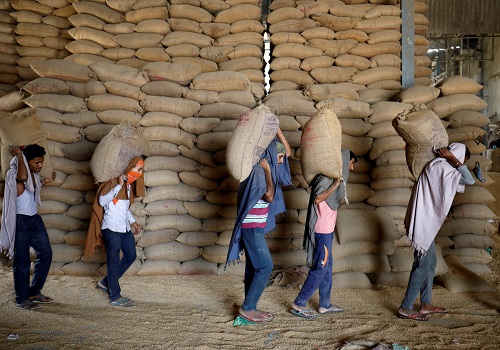COP27 and Seven Themes to Watch - An Analysis by S&P Global Commodity Insights

Follow us Now on Telegram ! Get daily 10 - 12 important updates on Business, Finance and Investment. Join our Telegram Channel
In the run up to COP27 a few things are clear. One year ago, there was a palpable sense of optimism heading into COP26 in Scotland. The conference resulted in a mixed bag of decisions on climate, and just a few months later, Russia invaded Ukraine, upending the world just as it was recovering from a pandemic. On top of this, 2022 brought continued constraints to supply chains, higher inflation and rising interest rates, spelling a loss of stability to the global macroeconomy.
“Against a backdrop of economic and geopolitical uncertainties, there are at least seven key things to watch for COP27 in Egypt,” said Dan Klein, head of future energy pathways, S&P Global Commodity Insights. “Clearly, the first and most pressing question for COP27 centers around what is actually possible in terms of unity and cohesion where chasms are opening due to recession and uneven wealth factors and geopolitics.”
* Can the world unite around climate right now?
Western Europe and the US have significant plans to reduce carbon emissions but even if emissions in these areas decline to zero, emissions from the rest of the world would still need to fall 65% to reach even a global 2-degree target. There is a real possibility that the current global energy crisis will result in some backtracking from existing climate commitments at COP27.
* Will COP remain relevant?
Major policies initiatives to address climate are increasingly focused on individual country goals rather than collective climate actions. Richer nations are looking to address their own strategic objectives as well as their citizens’ concerns around economic uncertainty and rising inflation. The second week of COP, when time crunches typically intensify negotiations, may end up overshadowed by decisions at the concurrent G20 meeting.
* Will COP27 provide clarity for voluntary carbon market participants?
Expect focus to center on Article 6.2, and which mitigation activities qualify for internationally transferred mitigation outcomes (ITMOs), where emissions reductions achieved in one country can be passed to another country. S&P Global Commodity Insights analysts expect positive announcements will have the potential to support higher long-term carbon credit prices.
* Will countries accelerate decarbonization goals?
It will be telling to see if and how countries alter their standing nationally determined contributions (NDCs) to the Paris agreement, and if energy security concerns affect decarbonization goals. The United States may be an outlier this year as the recently-passed Inflation Reduction Act adds real credibility to the US NDC.
* What is the progress on additional agreements made last year?
Coal, methane and deforestation featured at COP26. Will this be the year that countries finally agree to phase out coal, even amid energy security concerns? More than 100 countries signed the Global Methane Pledge to reduce methane emissions 30% by 2030, and 100 countries committed to ending deforestation by 2030. Signatories of these agreements will be under scrutiny to show progress. ·
What will India do?
India is the world’s second-largest emitter of CO2 from coal and was critical to derailing plans for COP26 language around phasing out coal. India will be looking for funding from the developed world to address carbon mitigation, pointing to the fact that per capita fossil fuel consumption in the U.S. remains over 10 times the level in India. ·
* Are richer nations willing to finance poorer nations’ efforts on mitigation and adaptation?
International agreements for wealthy nations to fund decarbonization efforts in developing nations remain largely underfunded. Recent weather events, such as the flooding in India and Pakistan are being tied directly to climate change, which may increase the drive to create mechanisms of payments for losses and damages, although wealthy nations may resist this drive due to difficult macroeconomic conditions.
To Read Complete Report & Disclaimer Click Here
Above views are of the author and not of the website kindly read disclaimer
·












 320-x-100_uti_gold.jpg" alt="Advertisement">
320-x-100_uti_gold.jpg" alt="Advertisement">












